Featured Image: Tal Roberts
One of the hardest hurdles to deal with as an athlete is an injury. When an athlete can’t get out and perform the sport they love so much, it can take a big emotional, mental and physical toll. For some, that means succumbing to the darkness and getting sucked into the self-pity hole but for others, like Blaine Gallivan, that means diving head-first into other interests and developing new passions.
In his latest ski flick, “Bread & Butter,” the professional skier tells the story of how he also became a professional baker in the midst of recovering from a fractured tibial plateau. Now the proud co-owner of In Season, a Teton-based dining experience famous for its wood-fired pizzas, we caught up with Gallivan to chat skiing, filming and, you guessed it, baking. Whether it’s sourdough pizza or buttery babka, this film will satiate your appetite for big backcountry lines and doughy concoctions. Keep reading for the full Q&A below.
First off, how are you? How has your early season been in Victor, Idaho?
I’m doing great! I’ve just been chillin’ and have had a pretty mellow start to the season. Obviously not a whole lot of snow to choose from but sometimes it’s nice to have a winter that’s a little bit slower of a start; the transition is easier. I’m in a bit of a transition state myself, figuring stuff out with my business but I’m very, very grateful and stoked to be outside every day right now and just try to soak up some skiing.
In your new film you talk about an injury being the catalyst to becoming a baker. Can you talk about that injury a little bit more? What happened, how long was the recovery and what did that recovery look like?
Basically, I fractured my tibial plateau back in 2017 in a spot that I’ve hit many times before but just miscalculated this hit and landed right on a tree. My upper body went one way, I’m still surprised I didn’t break my femur somehow, but the meat of my leg took the impact. All things considered, I was lucky. I didn’t need surgery, but it took me out for the majority of the season. This accident happened in late January, and I was back skiing in late April. I was on crutches for the first month, but I just had to let the bones heal and stay still. At the time, that was the worst injury that I’ve had, and it was the first time I was sidelined for the winter. Eventually, I got back on my skis, and now I’m just as strong as ever.
In the film, you talk about pursuing a ski career, but now you have a new professional outlet in baking. Has it changed your relationship with skiing at all, for better or for worse?
It sparked a new passion and honestly took a lot of the pressure off of skiing. It was this moment for me to take a breather and focus on my healing and my body but also focus on diving into other interests. It was really healthy to have something to do and something that kept me engaged. It was a pretty epic winter, and I was spinning out due to not being able to ski, but I started making bread, and that was therapeutic. It showed me that skiing is always going to be in my life, to what degree I pursue it will fluctuate, but it was a pivotal moment for me to allow myself to have multiple passions that I could pursue. For better or for worse, I don’t know. I sometimes think about that, “What if I didn’t start this company? What if I didn’t become a chef…” What-ifs you never really know and I’m just really grateful for the things I’ve learned along the way.
What’s harder—learning how to ski or bake the perfect loaf of sourdough?
It probably depends on how old you are. If you’re a younger person, it’s probably easier to learn how to ski than to bake, but if you’re older, it’s probably easier to learn how to bake bread.
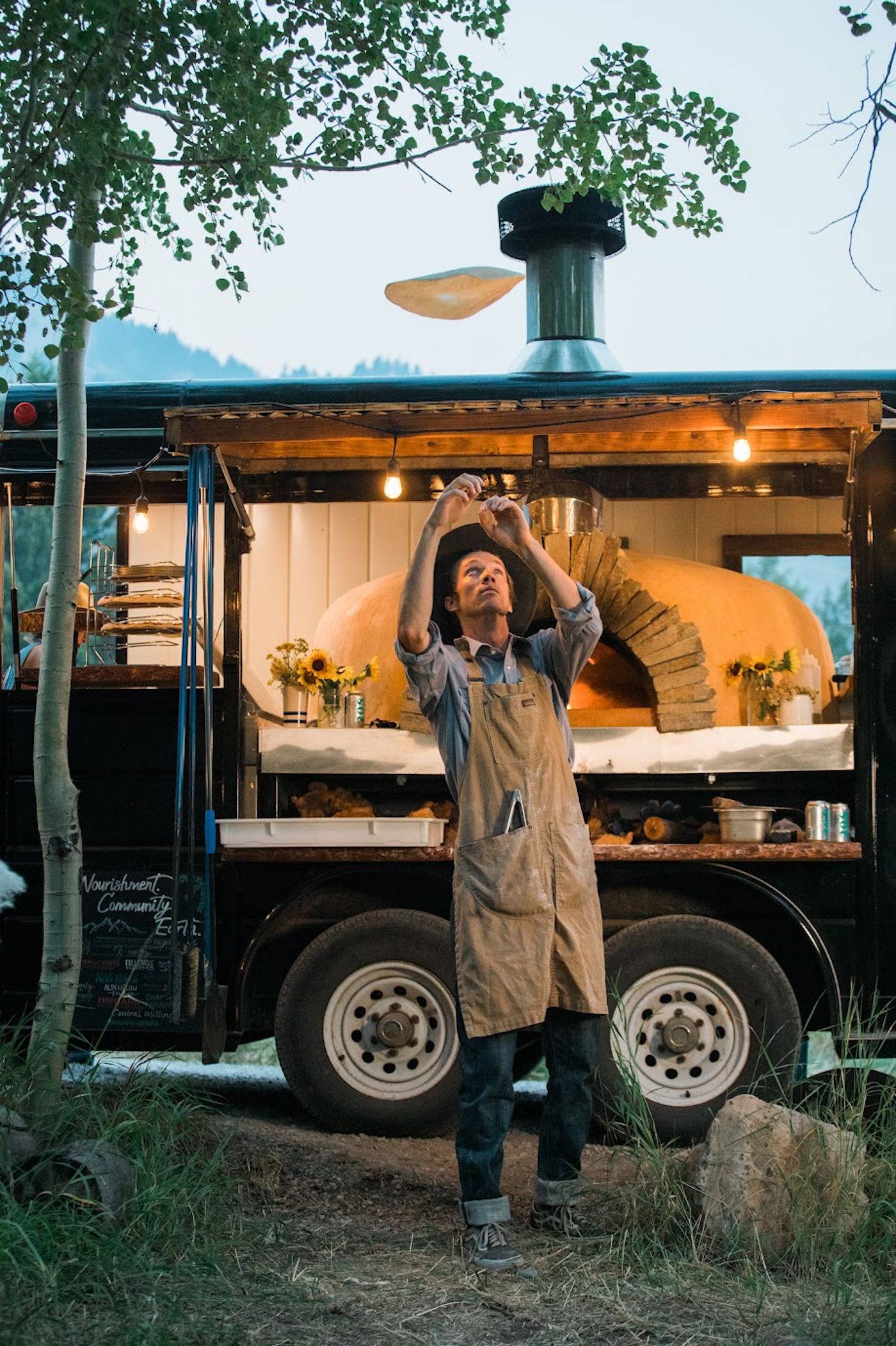
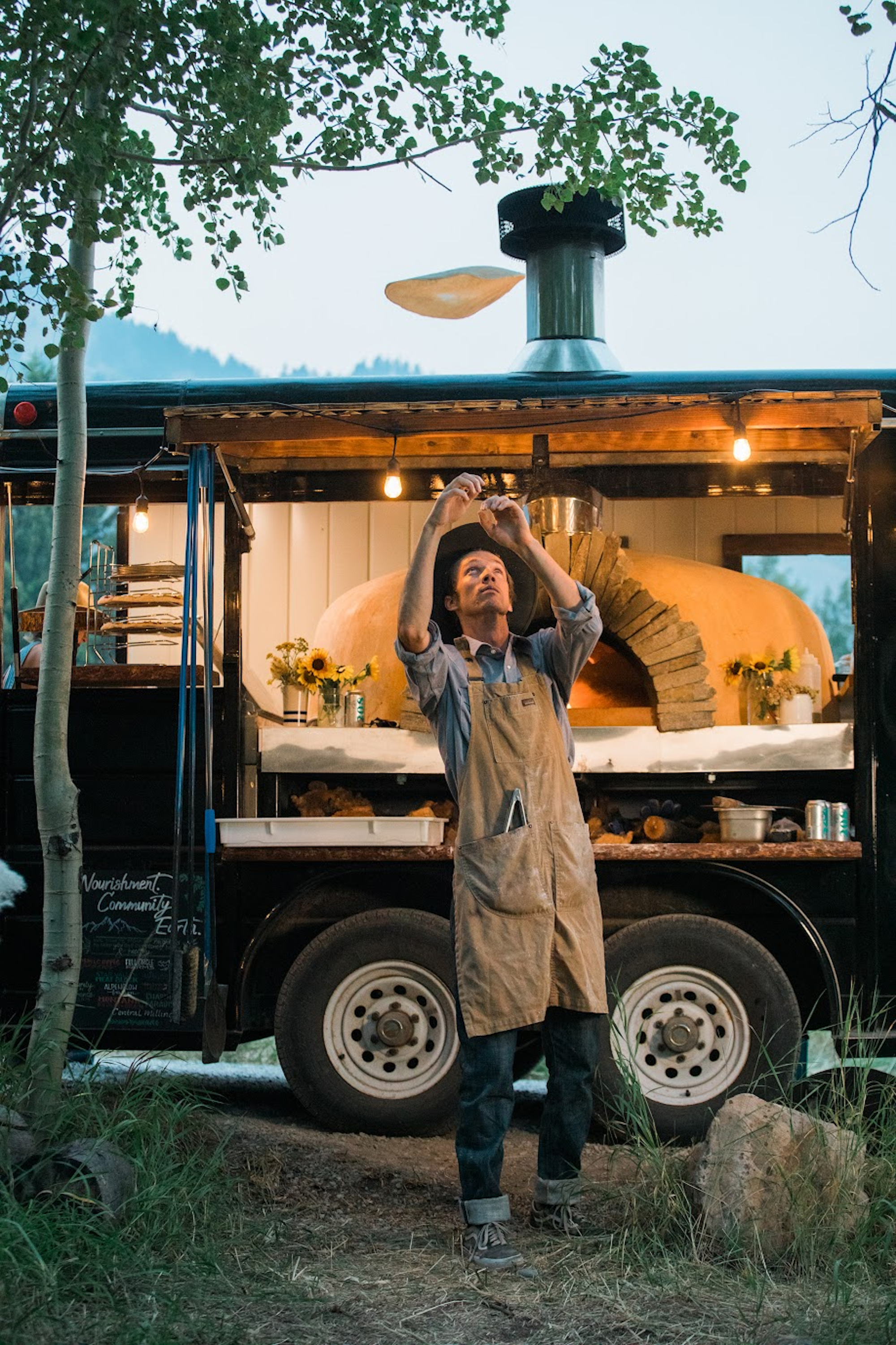
PHOTO: Sofia Jaramillo
What’s your favorite thing to bake?
I love making sourdough pizza, I love a super-well-made loaf of sourdough bread—super crusty and open loaf. That’s hard to beat. I also love this thing called babka, it comes from Eastern European countries, but you braid the dough and roll it like a cinnamon roll, full of butter. It’s super bomb.
What is the timeline from first learning how to bake to now operating a full-blown business?
I learned sourdough when I was in college, I studied culinary arts in school and then did some internships after that. It’s definitely been a part of my life longer than the film portrays. So I’ve been a baker for 12 or 13 years, but it was the summer of 2018 when we started In Season.
You run the business with your wife, Francesca, does she like having you around more? Do you feel like it cuts into your ski time?
It’s definitely a good balance. We’ve structured it in a way that we grind really hard all summer and then I’m able to take winters off from that and just ski. It’s had its ups and downs, and it can be really hard to run a business with your partner, but it’s brought us closer in a lot of ways, and it’s offered a lot of opportunities to grow and learn about ourselves and each other and how to be an entrepreneur—what that takes, what it means to start a company. It’s humbling, for sure, it can be really hard and feel overwhelming but Francesca is definitely a huge equation in the business. I’m the creative one, the chef, and she brings a lot of structure.
What advice would you give to someone who is looking to start their own business in the food industry or elsewhere?
Oh jeez, I could use some advice myself [laughs]. But if I had to give any advice, I think I would say to be protective of your energy. If anyone is looking to start a business, you have to be able to balance it because it can take over, and it can ask a lot of you. Get really clear on what it is you want to do and what you want to offer and then don’t be afraid to admit the things you’re not good at and try to bring people in who are good at those things. Put the right puzzle pieces together and don’t pretend to be good at stuff you’re not good at and not passionate about.
What is your go-to backcountry snack?
Oh damn, I really like having elk jerky. I like making power balls out of dates and coconut, ground-up nuts, fruit and seeds and rolling them into balls. I also love cold sourdough pizza that I have in the fridge [laughs]. I definitely like cooking stuff while out sledding, like pizza. There’s nothing better than eating something hot during a long, cold day in the backcountry.
What does the perfect ski day look like to you?
The perfect ski day is honestly anywhere with the right crew. Having a beautiful cheese wedge jump built already, showing up to a nice, cold, sunny day with a reset of six inches so you can dust off your jump and have a powder landing. There’s no better day than that.
![[Q&A] Getting Baked With Blaine Gallivan](https://www.datocms-assets.com/163516/1751483424-img_9235-scaled.jpeg?auto=format&bg=FFFFFF&w=100)
![[Q&A] Getting Baked With Blaine Gallivan](https://www.datocms-assets.com/163516/1751483424-img_9235-scaled.jpeg?auto=format&bg=FFFFFF&w=1200)


![[GIVEAWAY] Win a 4-Night Karma Campervan Rental and go Ski the Powder Highway](https://www.datocms-assets.com/163516/1767816935-copy-of-dji_0608-1.jpg?w=200&h=200&fit=crop)

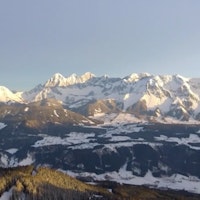
![[GIVEAWAY] Win a Legendary Ski Trip with Icelantic's Road to the Rocks](https://www.datocms-assets.com/163516/1765233064-r2r26_freeskier_leaderboard1.jpg?auto=format&w=400&h=300&fit=crop&crop=faces,entropy)
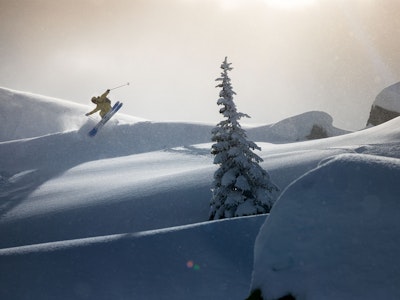


![[GIVEAWAY] Win a 4-Night Karma Campervan Rental and go Ski the Powder Highway](https://www.datocms-assets.com/163516/1767816935-copy-of-dji_0608-1.jpg?auto=format&w=400&h=300&fit=crop&crop=faces,entropy)

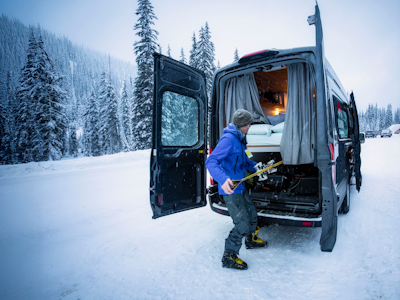
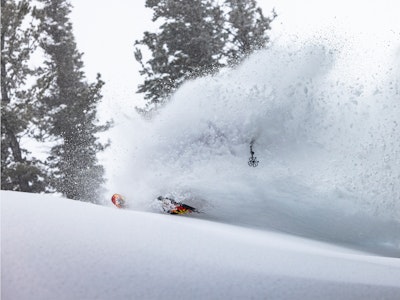
![[Q&A] Getting Baked With Blaine Gallivan](https://www.datocms-assets.com/163516/1751483424-img_9235-scaled.jpeg?auto=format&bg=FFFFFF&w=2000)